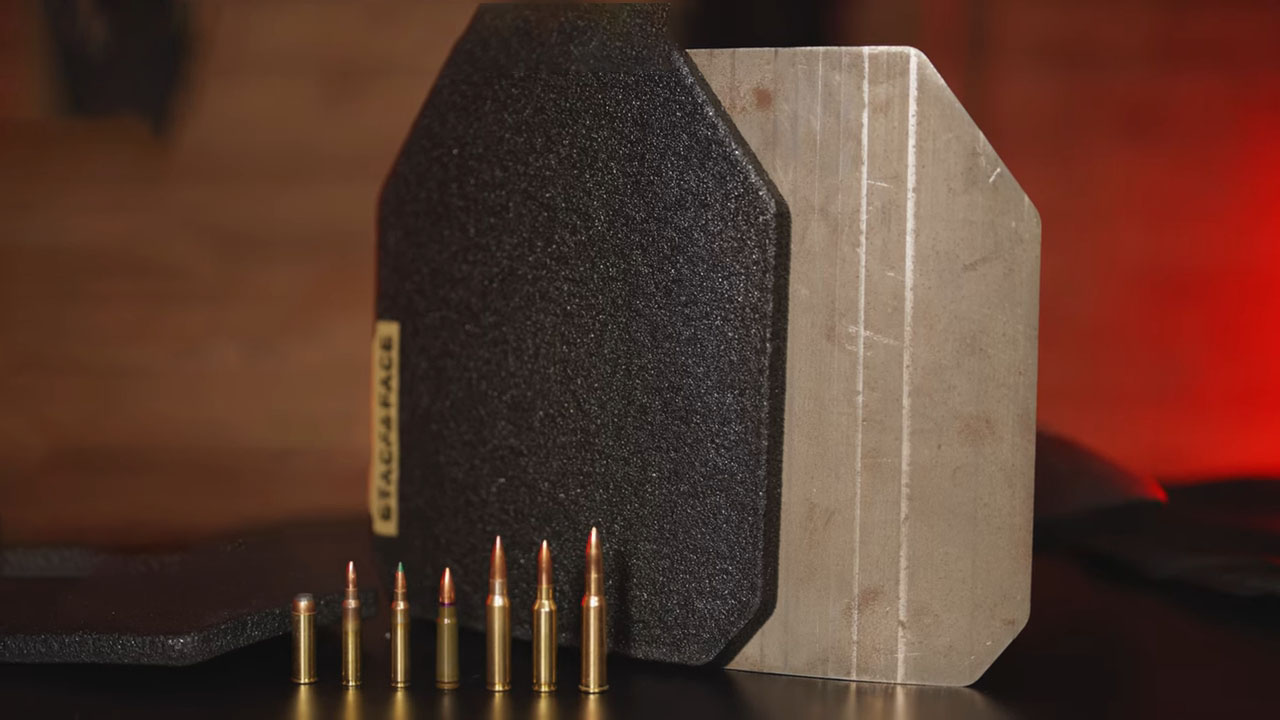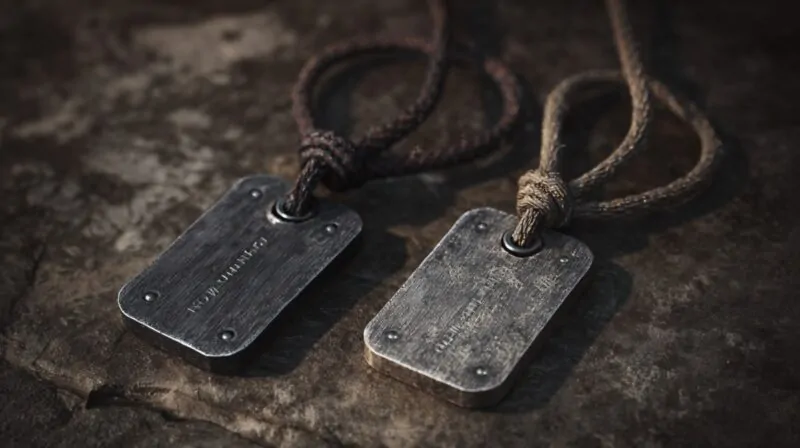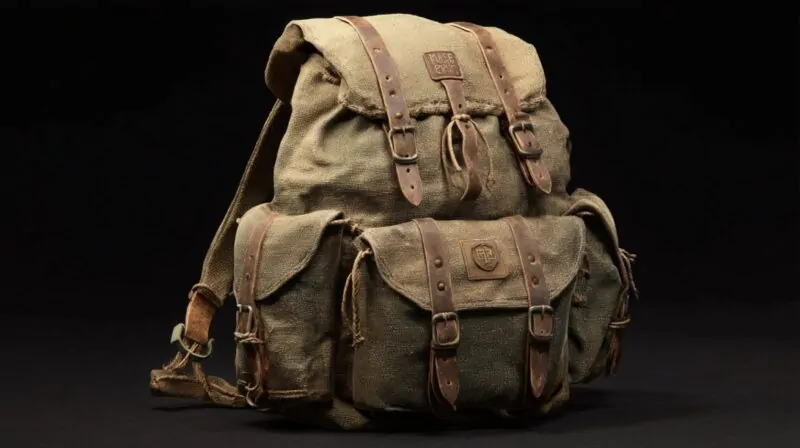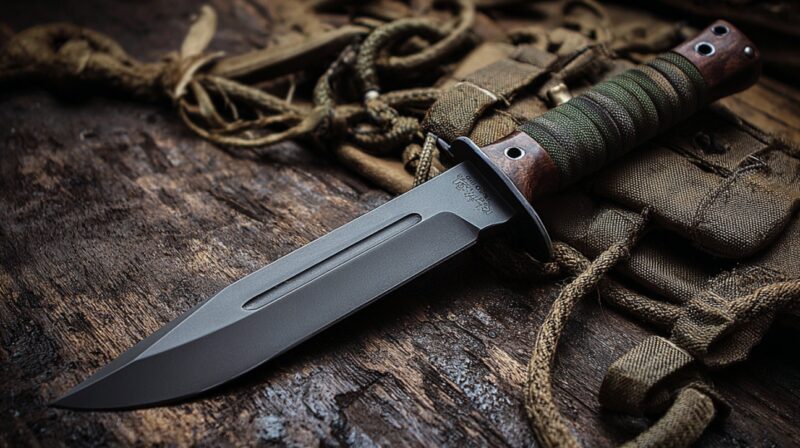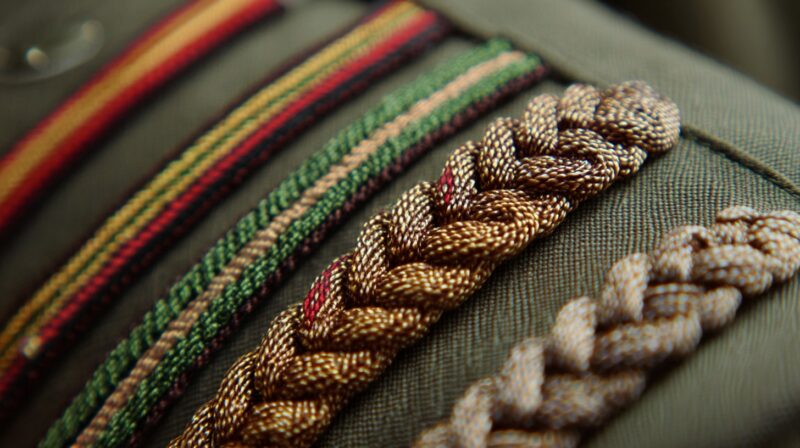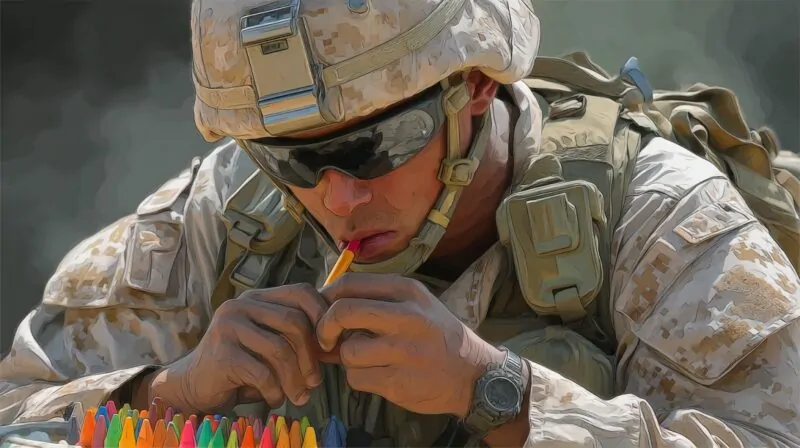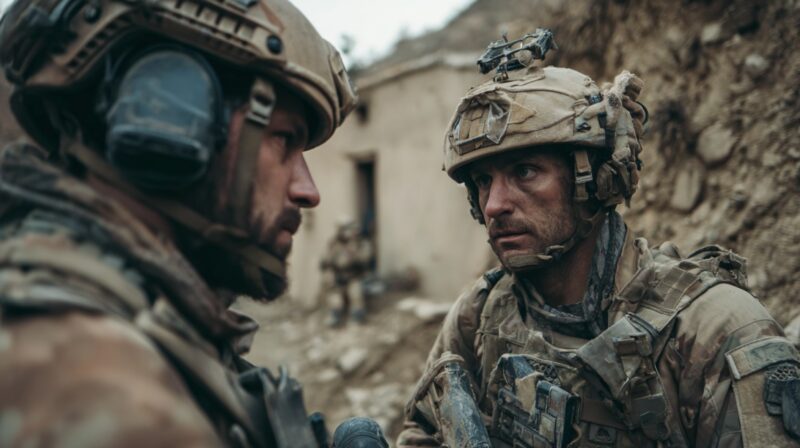Body armor serves as a vital tool for safeguarding individuals in high-risk situations, offering protection against a variety of physical threats, including:
- Bullets
- Stabs
- Punctures
Manufacturers categorize body armor into different types and levels of protection based on the specific threats it counters, such as handgun rounds, rifle fire, or edged weapon attacks.
To make it clear, we will talk about various types, as well as the levels according to standards set by the National Institute of Justice (NIJ).
By the end of this overview, you’ll have a clear understanding of how different ones function and the appropriate scenarios for their use, empowering you to select the most suitable option for personal safety in any situation.
Types of Body Armor
- Hard
- Soft
- Combination
Hard Armor
Hard armor serves high-threat environments by providing strong protection against high-velocity bullets and rifle rounds.
Manufacturers construct this one from materials like ultra-high-molecular-weight polyethylene (UHMWPE), ceramics, and fiber-reinforced composites.
Users typically insert rigid plates into vests or carriers, forming a robust shield against more powerful firearms.
Although this armor maximizes shielding, its weight and stiffness can limit movement.
- Military personnel
- Tactical units
- Individuals operating in combat or hostile situations
Soft Armor
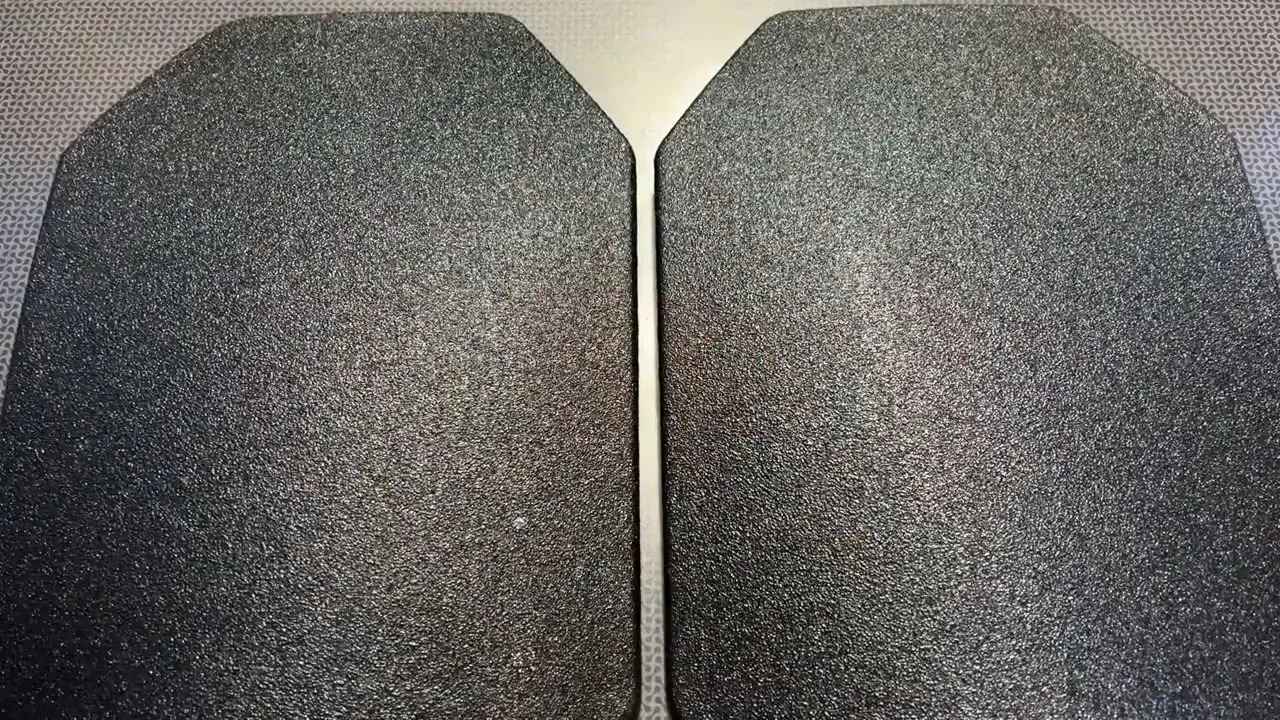
Soft armor delivers lightweight, flexible protection, primarily against low-velocity handgun bullets.
Manufacturers use materials like Kevlar or aramid fibers to create a comfortable fit that can be worn under clothing or in flexible vests.
Law enforcement officers, security personnel, and individuals seeking discretion prefer this type.
Although soft is ideal for everyday use, it offers limited protection against high-velocity projectiles, making it less effective in extreme threat environments.
- Law enforcement officers
- Security personnel
- Covert or civilian protection
Combination Armor
Combination armor blends the strengths of both hard and soft, offering versatile protection across a range of threats.
The hybrid design allows soft panels to be combined with hard plates, enabling users to maintain greater mobility while still being protected from more serious threats.
It is particularly useful for those who need both flexibility and enhanced protection, such as:
- Special forces
- Law enforcement personnel in active-shooter scenarios
Interesting Fact: Recently developed exoskeleton innovation proved itself sturdy enough to stop AK-47 bullets.
Levels of Protection According to NIJ Standards
As we can see at The National Institute of Justice (NIJ), body armors are classified into different levels based on the types of rounds they can withstand.
Being fully aware of these levels is crucial for selecting the right one for various threats.
| NIJ Level | Protection Level | Features |
|---|---|---|
| IIA | Low-velocity handgun rounds (9mm, .40 S&W) | Lightweight, flexible; low-threat use |
| II | Medium-velocity handgun rounds (9mm, .357 Magnum) | Moderate protection; lightweight for longer wear |
| IIIA | Higher-velocity handgun rounds (.357 SIG, .44 Magnum) | Balanced protection; discreet and flexible |
| III | Rifle rounds (7.62mm, .308 Winchester) | Bulkier with hard plates; used in high-threat situations |
| IV | Armor-piercing rifle rounds (.30-06 AP) | Heaviest and most protective; for extreme threats |
Types of Protection Provided
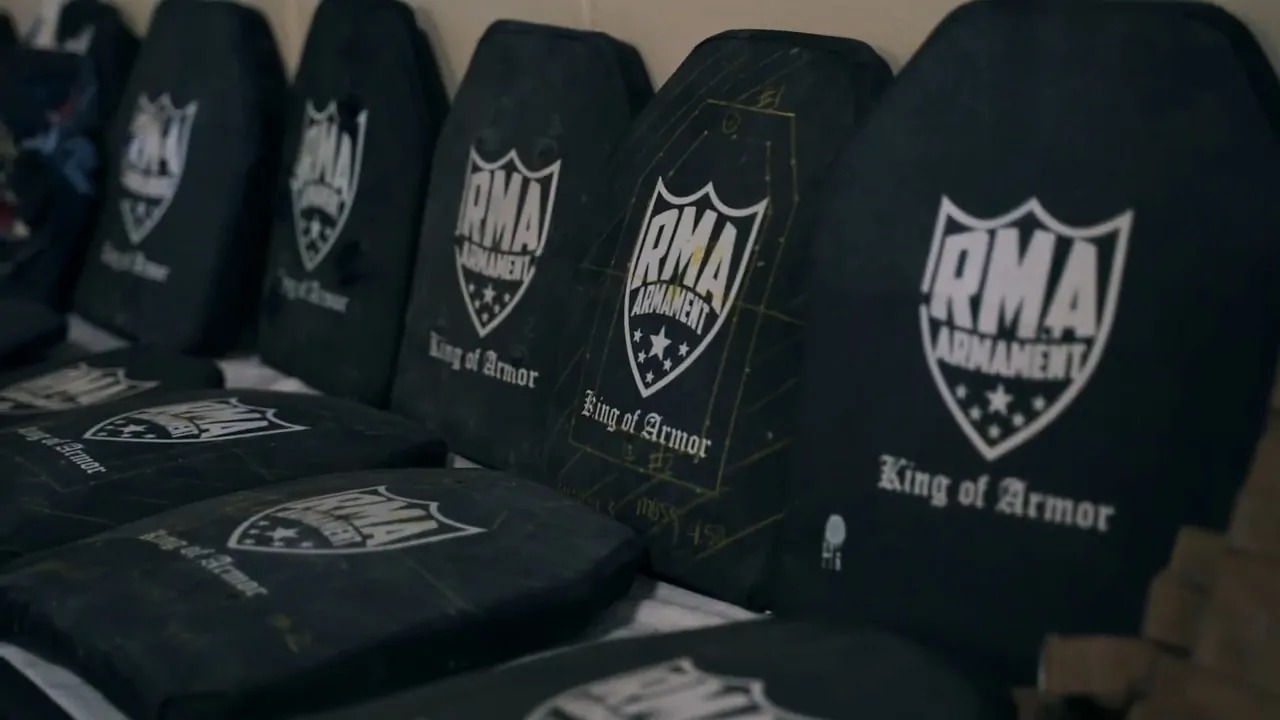
Now let us address the types of protection provided by these body armors.
Ballistic
Ballistic protection is the primary function of most body armor. The main goal is to stop bullets and shrapnel from firearms, protecting vital organs and reducing the risk of fatal injury.
Military personnel and law enforcement agencies depend on ballistic armor to shield them from gunfire, making it a critical piece of equipment in high-risk situations.
The effectiveness of ballistic protection varies based on the level and the type of rounds it is rated to stop.
Edged Blade
Edged blade protection is essential in environments where slashing or stabbing threats are prevalent.
It can withstand attacks from knives, swords, and other sharp-edged weapons.
It is commonly used by prison guards, riot control units, and security personnel who may face melee threats.
Unlike ballistic armor, which is designed to disperse the energy of a bullet, edged blade protection works by preventing sharp objects from penetrating the armor.
Spike
- Needles
- Screwdrivers
- Other pointed weapons
This type of armor is crucial for individuals working in environments where unconventional weapons may be used, such as correctional facilities or security settings.
Spike protection works by distributing the force of the attack over a larger area, reducing the likelihood of penetration.
Multi-threat Armor
Multi-threat armor is a versatile option that combines ballistic, edged blade, and spike protection.
This type of armor is suitable for situations where a variety of threats are present, such as riot control or high-risk security operations.
By offering defense against multiple types of attacks, multi-threat armor provides comprehensive shielding for individuals in complex environments.
Interesting Fact: In the United States, wearing body armor is permissible for civilians on a federal level. Still, the regulation differs from state to state.
What About Visibility?
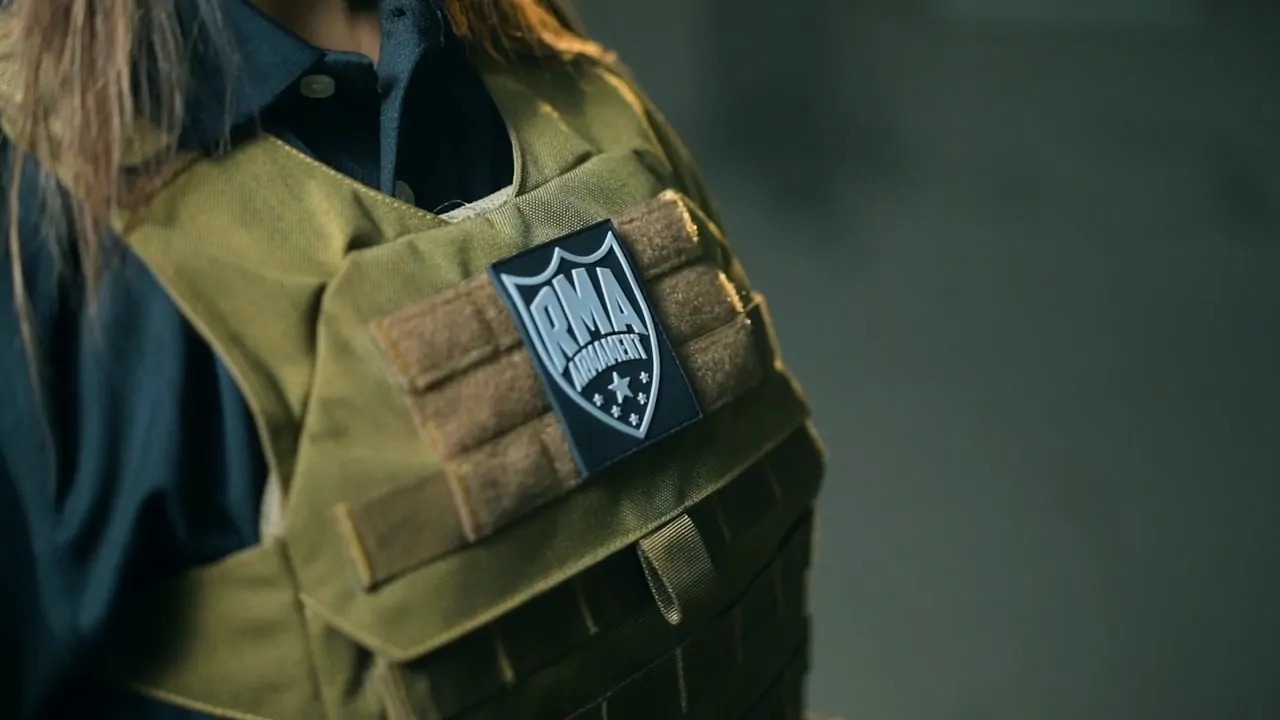
Body armor visibility is another factor that can influence the purchase.
Overt Armor
Military personnel and police forces wear overt body armor externally, mainly in the form of a bulletproof vest, making it visible to others.
They use it not only for protection but also as a deterrent.
The visibility signals to potential threats that the wearer is protected, discouraging attacks.
Typically, designers create overt armor for high-threat environments where discretion isn’t a priority, and maximum protection is required.
Its external placement also allows users to add modular accessories, such as ammunition pouches or tactical equipment.
Of course, overt armor is the most common one used in training.
Concealable Armor
Concealable armor is designed to be worn under clothing and provides discreet protection for individuals who need to maintain a low profile.
Conceable variants are common among civilians, security personnel, and undercover law enforcement officers. Not only that, it is perfectly legal to wear it in many states, including California.
While it offers less protection than overt armor, its lightweight and flexible design allows for comfortable long-term wear.
Concealable armor is ideal for situations where the wearer needs to blend in without drawing attention.
Applications of Body Armor
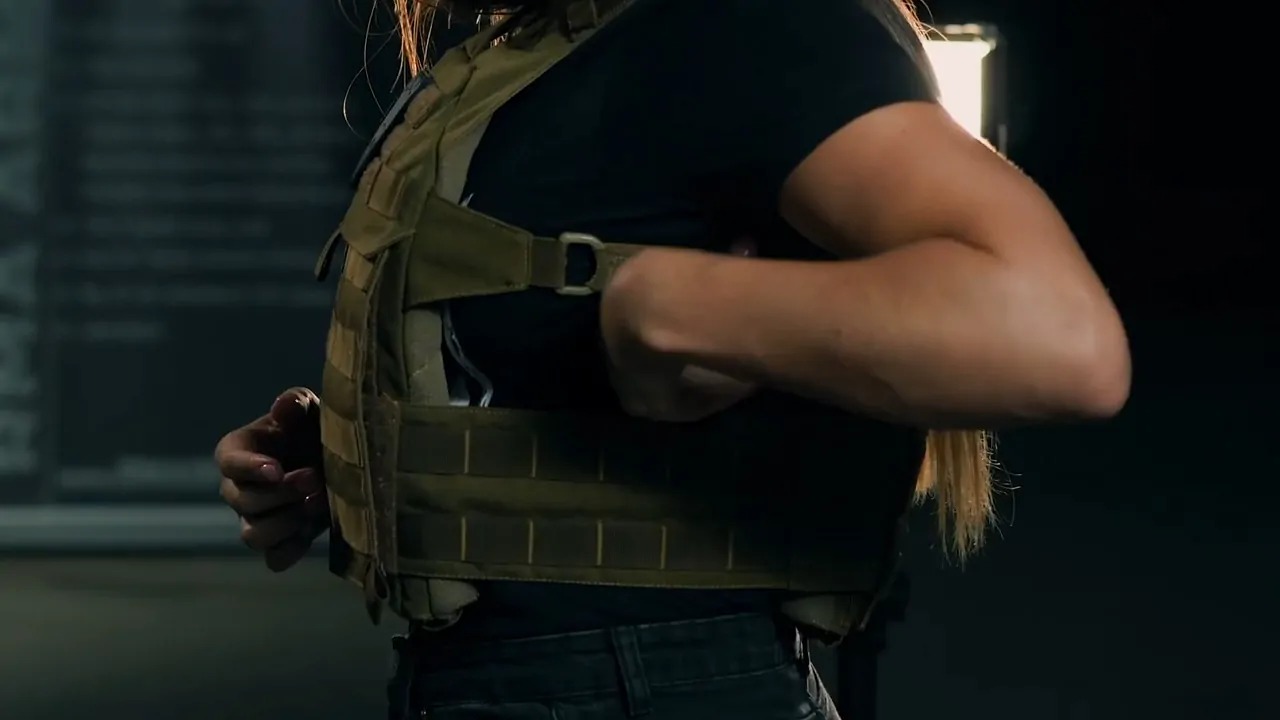
Body armor serves as a critical piece of equipment across various industries and professions, offering vital protection in numerous high-risk scenarios.
While its primary purpose is to safeguard individuals from ballistic, edged, and puncture threats, the applications are vast and continue to evolve based on the needs of different sectors.
Here are some of the key roles and protection features where body armor is irreplaceable:
| Role | Features | Key Applications |
|---|---|---|
| Military | Withstands rifle rounds, shrapnel; modular plates | Combat, high-threat, peacekeeping, military operations |
| Law Enforcement | Balances protection and mobility; ballistic, stab protection | Handguns, riots, melee, undercover, crowd control |
| Security Personnel | Versatile; ballistic and melee protection, overt or concealable | Public events, security details, high-risk locations |
| Corrections Officers | Spike, stab protection; flexible | Prisons, jails, riot control |
| Private Contractors | Withstands high-velocity rounds, shrapnel, explosives | High-threat, military support, conflict zones, diplomacy |
| Emergency Medical Personnel | Lightweight, flexible; ballistic, stab protection | Conflict zones, emergency response, disaster relief |
| Journalists and War Correspondents | Lightweight, discreet; ballistic, fragmentation protection | War reporting, civil unrest, high-risk areas |
The Bottom Line
Choosing the right body armor requires careful consideration of factors such as threat level, comfort, mobility, and visibility.
Ensuring the armor is NIJ-certified guarantees that it complements rigorous safety standards, and provides reliable protection for the one who wears them.
Related Posts:
- Can You Buy Armor in California? - Body Armor Law in 2025
- Unmanned Aerial Vehicles - Types of Military Drones…
- PCS Moves and Entitlements: What’s Covered and How…
- The COVID-19 Crisis and Its Impact on Military and…
- A Look at US Military Helicopters: Past, Present, and Future
- The Rise of Ruggedized Displays - How ViewPoint…

